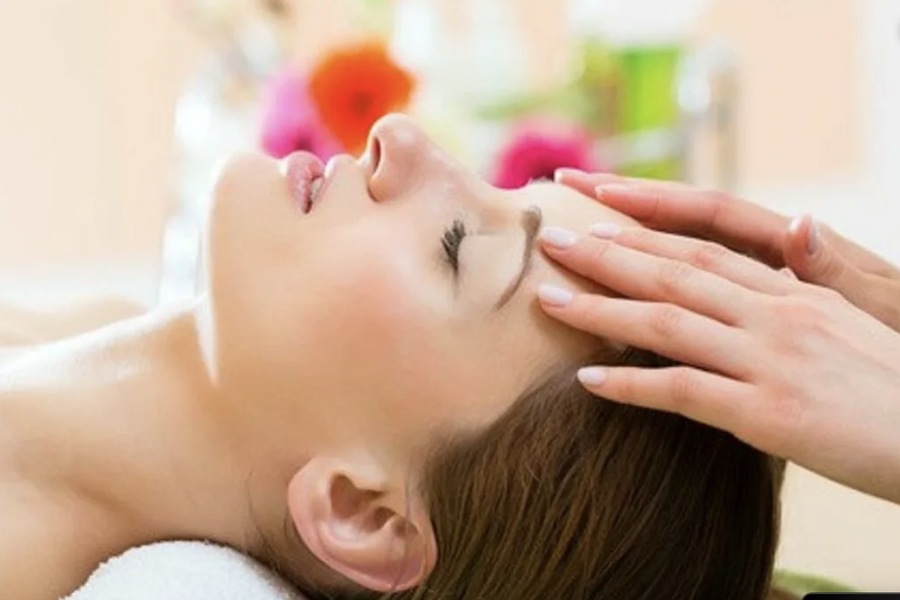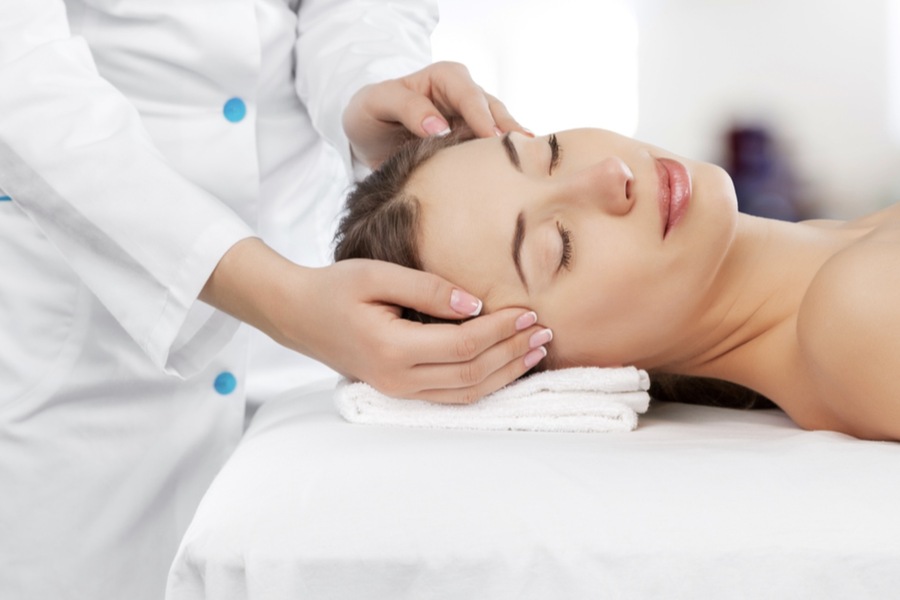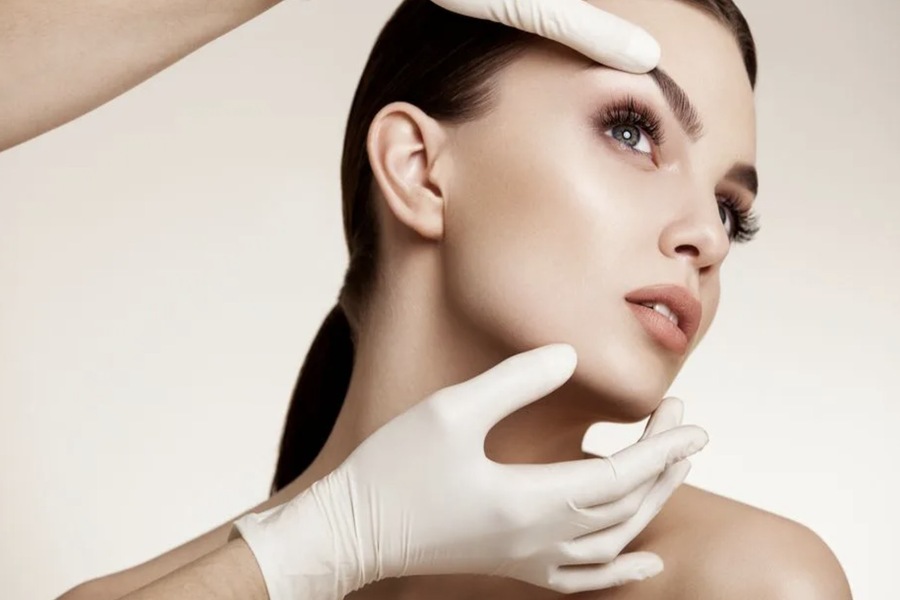Aesthetic medicine has emerged as a revolutionary branch of the beauty and health industry, offering scientifically grounded solutions for enhancing and maintaining an individual’s physical appearance. Unlike traditional cosmetology, which often focuses on surface-level treatments, aesthetic medicine employs advanced medical technologies that require the expertise of professionals with higher medical education. This multidisciplinary field not only addresses beauty concerns but also integrates health and wellness to provide comprehensive care. For instance, some procedures may overlap with those offered in a gynecology clinic, where specialists address aesthetic and functional concerns related to women’s health, further highlighting the interconnected nature of this field.
Defining Aesthetic Medicine
Aesthetic medicine encompasses a wide range of procedures aimed at improving appearance, correcting imperfections, and preventing age-related changes. Its scope includes minimally invasive, non-invasive, and surgical techniques designed to enhance natural beauty without compromising safety. The field is guided by principles of medical science, ensuring that treatments are both effective and tailored to individual needs.
Key Methods in Aesthetic Medicine
1. Clinical (Conservative) Cosmetology
Clinical cosmetology bridges the gap between beauty treatments and medical care. It focuses on addressing temporary or age-related defects through non-invasive and minimally invasive techniques. Common procedures include:
Facial Cleansing: Recommended for individuals with acne, clogged pores, or dull skin. This treatment uses medical-grade products and tools to detoxify and revitalize the skin.
Massage Therapies: These include specialized methods such as:
Lymphatic Drainage Massage: Improves circulation, reduces swelling, and detoxifies tissues.
Cryomassage: A cold therapy that stimulates blood flow, reduces inflammation, and refreshes facial skin.
2. Aesthetic Surgery
Aesthetic surgery offers permanent solutions for correcting physical imperfections and reshaping features. These procedures are ideal for individuals seeking significant, lasting changes. Popular surgeries include:
Rhinoplasty (Nose Reshaping) and Otoplasty (Ear Reshaping): Designed to enhance facial symmetry and address congenital or injury-related deformities.
Breast Augmentation, Reduction, and Lift: Tailored to improve body proportions and boost confidence.
Liposuction and Body Contouring: Removes localized fat deposits to sculpt the body.
Facial Contouring and Botox: Enhances facial structure and reduces wrinkles for a youthful appearance.
Buttock Augmentation: A growing trend for individuals seeking fuller, shapelier contours.
3. Preventive Cosmetology
Preventive cosmetology is a forward-thinking approach that focuses on maintaining skin health and preventing premature aging. This includes regular treatments to:
Protect the skin from environmental damage.
Prevent the development of skin conditions such as acne, pigmentation, or rosacea.
Delay the appearance of wrinkles, fine lines, and other signs of aging.
4. Injection-Based Techniques
Injection therapies have gained immense popularity due to their ability to deliver quick and noticeable results without surgery. Common procedures include:
Botulinum Toxin Injections (Botox): Temporarily relaxes facial muscles to smooth expression lines and wrinkles.
Dermal Fillers: These are used to:
Enhance facial contours.
Increase lip volume.
Fill deep wrinkles and restore lost volume in the face.
5. Hardware-Based Procedures
Advanced technologies form the backbone of many aesthetic treatments. These procedures use specialized equipment to stimulate natural healing and rejuvenation processes within the body. Examples include:
RF-Lifting (Radiofrequency Lifting): Uses radiofrequency energy to boost collagen production, tighten skin, and reduce sagging.
Microneedling: Involves creating controlled micro-injuries to the skin, stimulating collagen and elastin production for improved texture and tone.
Laser Resurfacing: Treats pigmentation, scars, and wrinkles by removing damaged skin layers and encouraging regeneration.
6. Surgical Aesthetic Procedures
For those seeking transformative results, surgical options provide long-lasting enhancements. These procedures include:
Facelifts: To combat sagging skin and restore a youthful appearance.
Breast Implants and Reconstruction: To improve body proportions or address post-surgical reconstruction needs.
Tummy Tucks: Ideal for removing excess skin and fat, particularly after significant weight loss or pregnancy.
7. Integrated Cosmetology and Wellness
Aesthetic medicine is increasingly embracing a holistic approach, combining traditional beauty treatments with lifestyle and wellness strategies. This integrated approach may include:
Diet and nutrition plans to enhance skin health.
Exercise regimens for better body contours and overall well-being.
Stress management techniques, as mental health significantly impacts physical appearance.

The Multidisciplinary Foundation of Aesthetic Medicine
What sets aesthetic medicine apart is its reliance on multiple scientific disciplines to achieve optimal results. Key contributing fields include:
Dermatology: Provides insights into skin biology, conditions, and treatments.
Plastic Surgery: Offers expertise in reshaping and reconstructing physical features.
Endocrinology: Addresses hormonal imbalances that may impact skin, hair, and weight.
Immunology: Ensures treatments are safe and effective for individuals with varying health conditions.
Geriatrics: Focuses on combating age-related changes with innovative, patient-centric approaches.
This multidisciplinary collaboration ensures that every procedure is backed by medical research and tailored to the patient’s unique needs.
Advantages of Aesthetic Medicine
1. Boosted Confidence and Self-Esteem
Improving one’s appearance often leads to greater self-confidence, positively influencing personal and professional interactions.
2. Preservation of Youth and Beauty
Aesthetic medicine offers tools to slow the visible signs of aging, helping individuals look as vibrant as they feel.
3. Resolution of Skin and Body Issues
From acne and scars to stubborn fat deposits, aesthetic medicine provides solutions for a wide range of physical concerns.
4. Safe and Non-Invasive Options
With advancements in technology, many procedures are minimally invasive or non-invasive, ensuring safety and quicker recovery times.
5. Personalized Treatments
Aesthetic medicine caters to diverse needs, offering customized plans for different skin types, ages, and aesthetic goals.
6. Holistic and Integrated Care
By combining aesthetic treatments with lifestyle modifications, patients can achieve long-lasting and synergistic results.

Aesthetic Medicine as a Lifestyle
For many, aesthetic medicine is more than a one-time solution; it becomes a lifestyle choice. Regular treatments, combined with healthy habits, can lead to sustained improvements in appearance and well-being. Preventive care ensures that individuals maintain their results while delaying the natural aging process.
Challenges and Ethical Considerations
Despite its benefits, aesthetic medicine faces challenges such as:
Ethical Practices: Ensuring treatments are safe and not overly commercialized.
Realistic Expectations: Helping patients understand the limits of what aesthetic medicine can achieve.
Accessibility: Making treatments affordable and available to a broader population.
Ethical practitioners prioritize patient safety, informed consent, and maintaining the natural essence of beauty.
Conclusion
Aesthetic medicine is transforming the way individuals approach beauty and self-care. By blending art and science, it provides safe, effective, and personalized solutions for enhancing natural beauty and boosting confidence. Its multidisciplinary nature ensures comprehensive care that addresses both aesthetic and health concerns. As technologies continue to advance, the future of aesthetic medicine promises even greater innovations, empowering individuals to look and feel their best at every stage of life.
Aesthetic medicine is not just about appearance; it’s about embracing a holistic approach to wellness and self-confidence, making it a valuable tool for modern living.

Baseball fan, risk-taker, record lover, hand letterer and communicator, collector, connector, creator. Doing at the crossroads of design and mathematics to craft an inspiring, compelling and authentic brand narrative. I work with Fortune 500 companies and startups.
